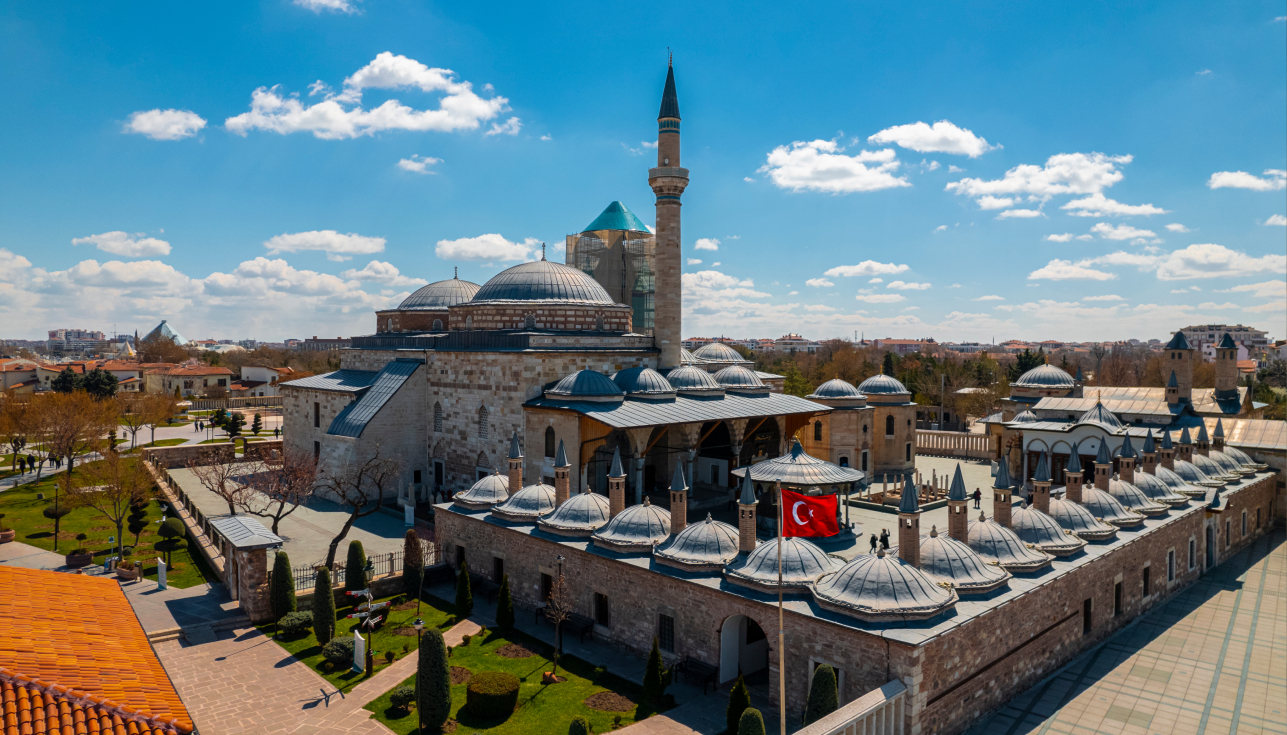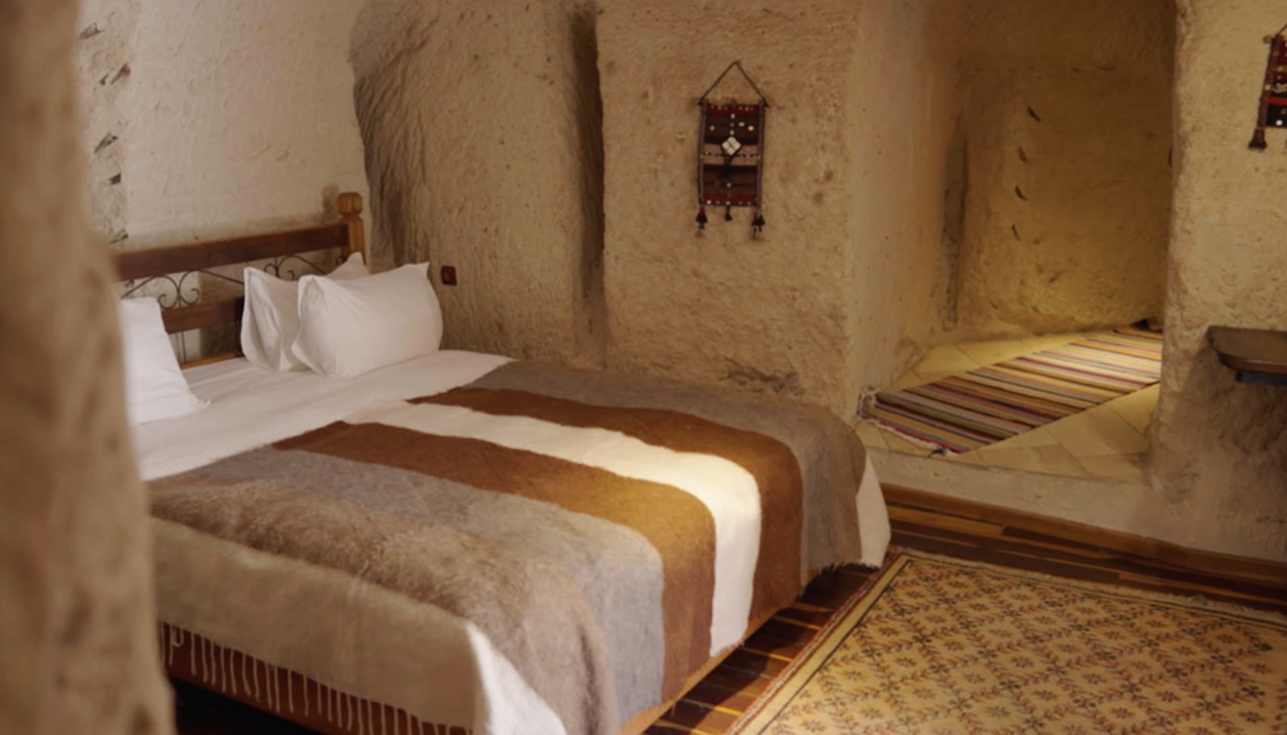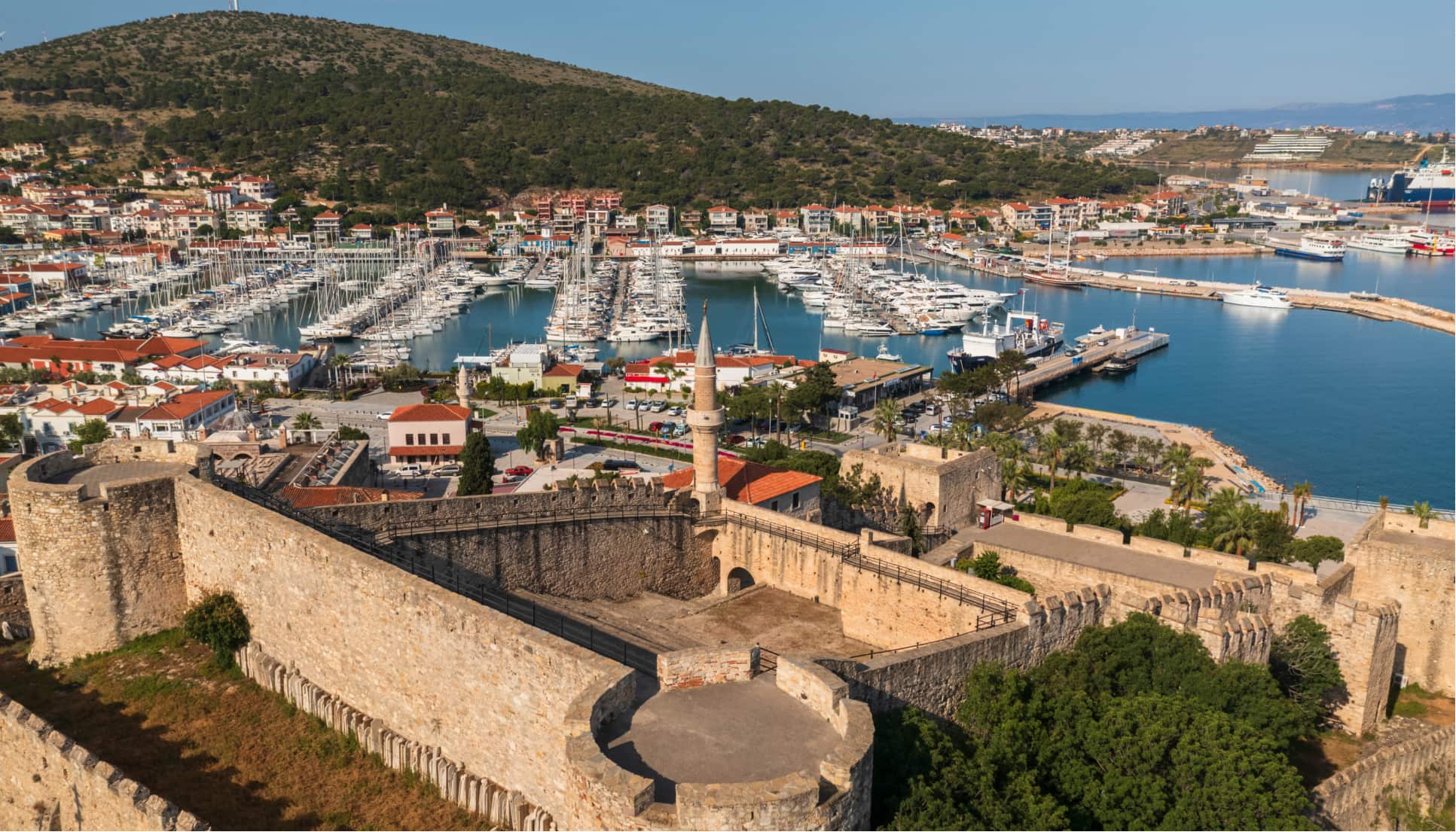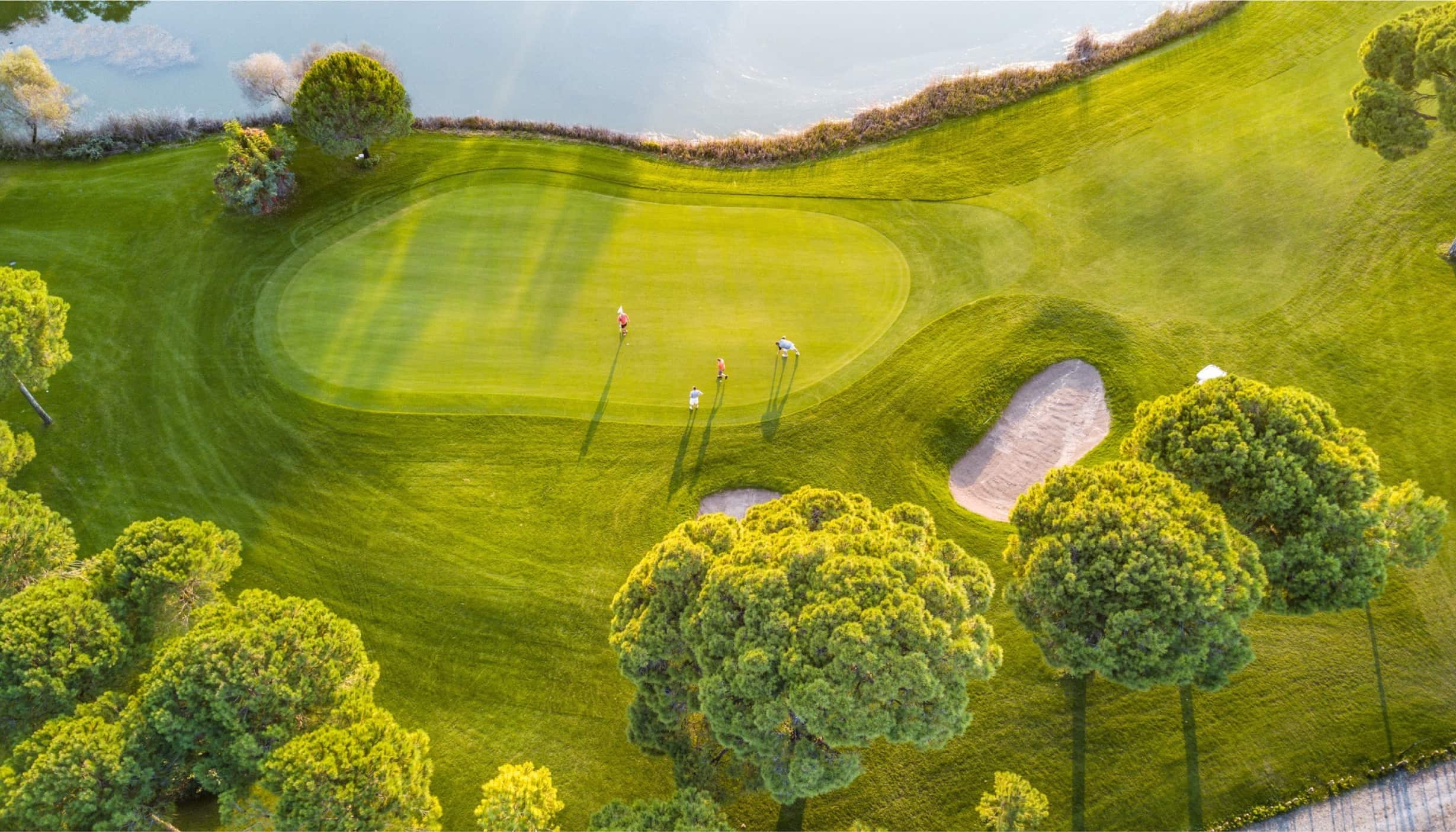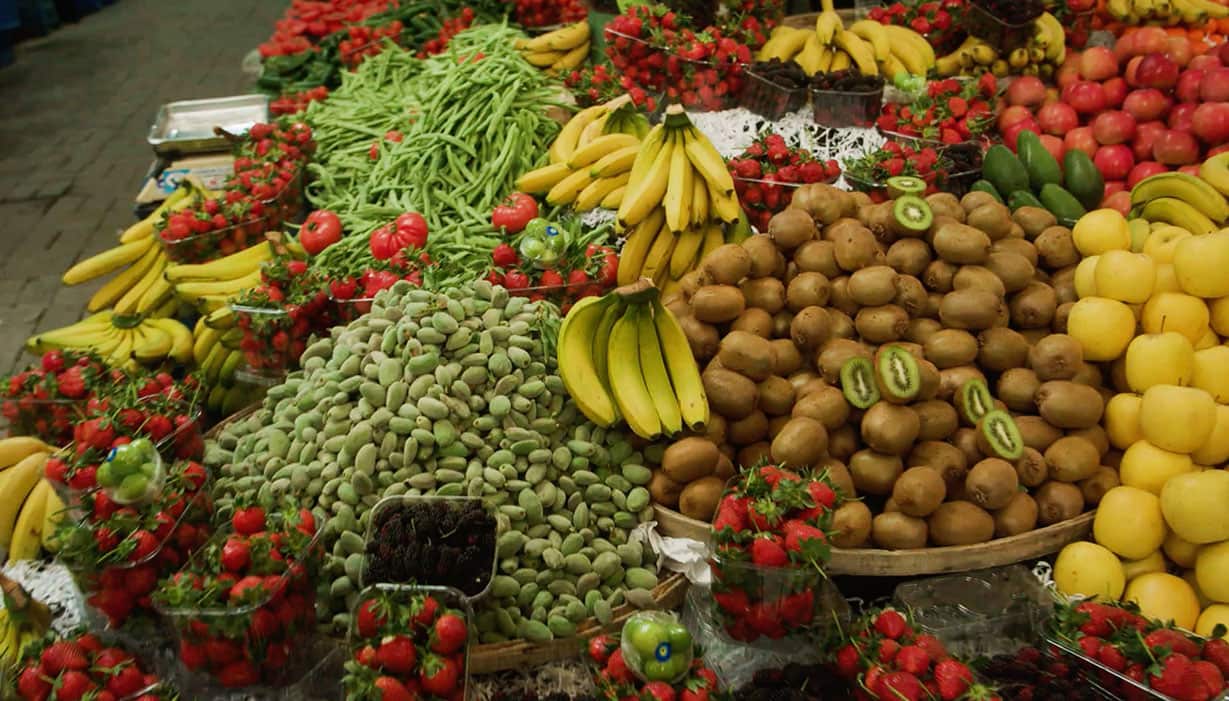
Exploring İstanbul: the city unlike anywhere else in the world
Cities around the world are alive with their own unique buzz, making them the perfect destinations to understand the lay of the land, the ways of its people, and the traditions they carry. In Türkiye, İstanbul is no different – a bustling metropolis where Europe meets Asia and the past overlaps the present.
Stirring the melting pot
As Türkiye’s most populated city, İstanbul has long attracted those looking to immerse themselves in a place that has it all. With time as its architect, it has become a synthesis of old and new, legend and reality, nostalgia and progression.
Every twist and turn of the city is a reminder of the great empires that once ruled, the first human traces in İstanbul's historic peninsula go as far back as the 6th millennium BCE and Eastern Roman (Byzantium) in 196 BCE to the Ottoman Empire in 1453 AD. These influences are immortalized by the historic landmarks that have made İstanbul the spectacle it is today.
At the center of İstanbul’s Historical Peninsula is one of its greatest structures, the Valens Aqueduct, measuring 920 meters long and 30 meters high. Once an indispensable source of water to 4th-century citizens, its arches now provide modern travelers with a window into a city that never stands still.

Spirituality by design
Home to more than 3,000 mosques and churches, a trip to İstanbul would be incomplete without admiring the unique craftsmanship of these spiritual buildings that are open to all.
The Hagia Sophia Grand Mosque is considered one of the most magnificent attractions in the city. Originally built as a church in the 6th century by Emperor Justinian, it was converted into a mosque by Sultan Mehmet II in 1453, then became a museum for nearly a century before reverting to a mosque again in 2020. A visit will quickly reveal why its design is said to have changed the history of architecture.
From afar, the huge domed centerpiece appears to float freely from its slender supports, but inside is where the true grandeur awaits. Take your time exploring the intricate interior, made up of marble veins, golden mosaics, and interreligious motifs, before traveling to the nearby Süleymaniye Mosque.
As the legacy of one of the Ottoman Empire's most prolific designers, Mimar Sinan (Sinan the Architect), the Süleymaniye Mosque is an example of typical 15th-century architecture, featuring tall minarets, İznik tiles, and muqarnas (honeycombed structures). End your experience in the Topkapi courtyard, which offers unparalleled views of the Golden Horn harbor and the sunset to which it owes its name.
From afar, the huge domed centerpiece appears to float freely from its slender supports, but inside is where the true grandeur awaits. Take your time exploring the intricate interior, made up of marble veins, golden mosaics, and interreligious motifs, before traveling to the nearby Süleymaniye Mosque.
As the legacy of one of the Ottoman Empire's most prolific designers, Mimar Sinan (Sinan the Architect), the Süleymaniye Mosque is an example of typical 15th-century architecture, featuring tall minarets, İznik tiles, and muqarnas (honeycombed structures). End your experience in the Topkapi courtyard, which offers unparalleled views of the Golden Horn harbor and the sunset to which it owes its name.
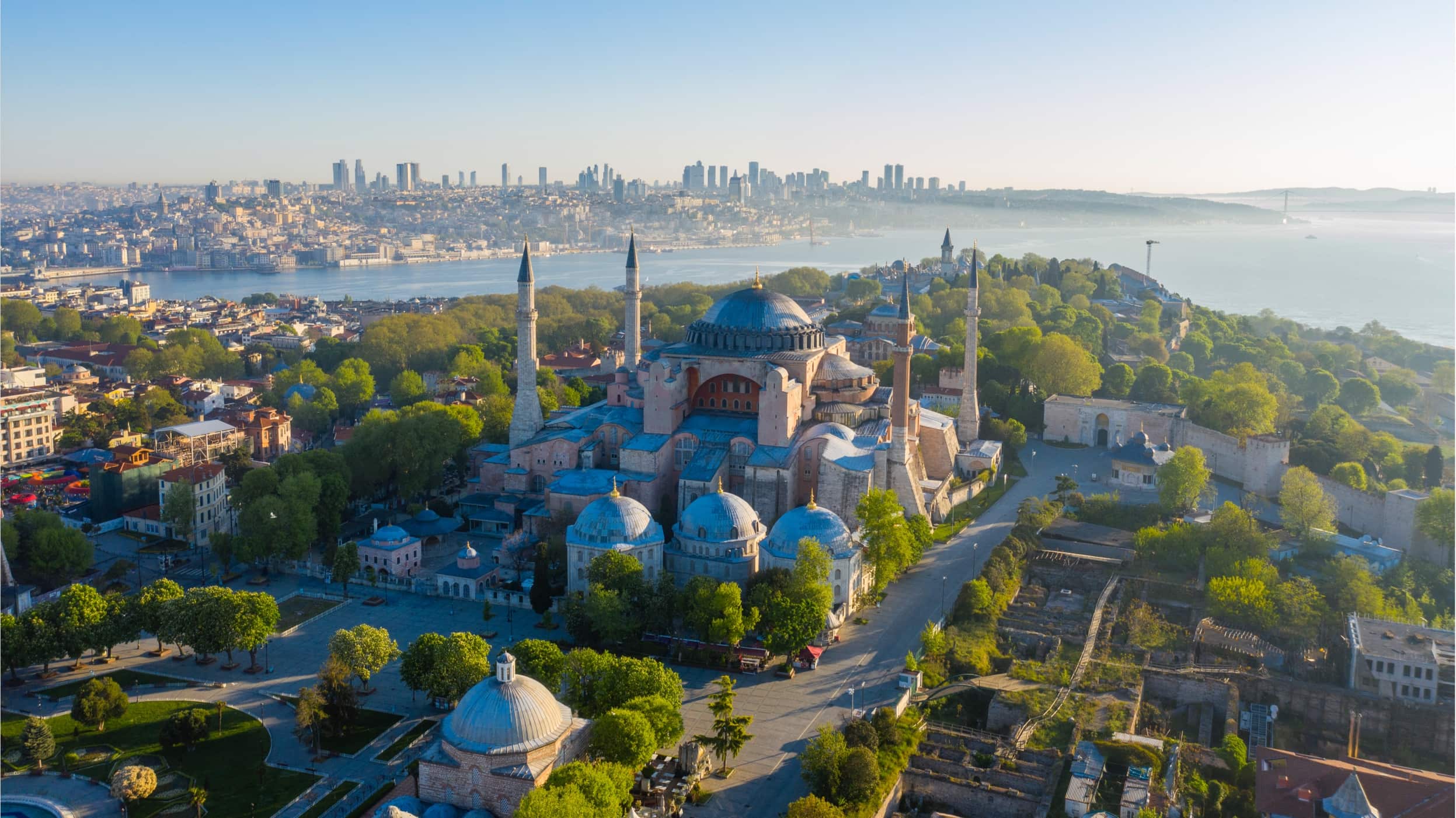
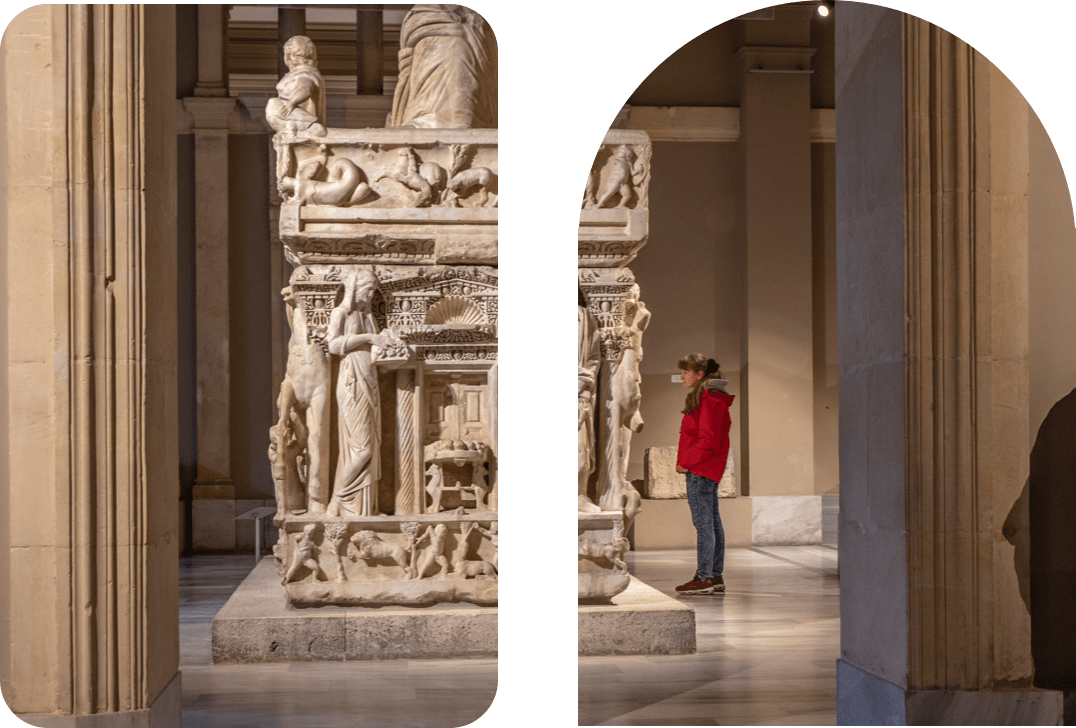
Located in the biggest building, the Archeological Museum spreads the major findings of past Ottoman territories across four floors. Don’t miss the rich treasure trove of sarcophagi (highly decorated tombs) or the ‘İstanbul Through the Ages’ exhibit, which tells the inspiring story of İstanbul’s heritage.
The Tiled Kiosk Museum displays Seljuk, Anatolian, and Ottoman ceramics that date back to the 12th century. While highlights from the Museum of Ancient Oriental Works include an 8th-century BCE Hittite rock relief of the storm god Tarhunza and the oldest peace treaty in the world: The Treaty of Kadesh from 1274 BCE. Take a guided tour to ensure you see the best of what these museums have to offer.
Journeying through time
As a city that shares its history freely, every step in İstanbul becomes a lesson into a time gone by. But nowhere will you get a more nostalgic experience than in the local museums, like the İstanbul Archaeological Museums. Visitors are spoilt for choice as three museums occupy this one complex, housing artifacts from a variety of imperial lands.
Located in the biggest building, the Archeological Museum spreads the major findings of past Ottoman territories across four floors. Don’t miss the rich treasure trove of sarcophagi (highly decorated tombs) or the ‘İstanbul Through the Ages’ exhibit, which tells the inspiring story of İstanbul’s heritage.
The Tiled Kiosk Museum displays Seljuk, Anatolian, and Ottoman ceramics that date back to the 12th century. While highlights from the Museum of Ancient Oriental Works include an 8th-century BCE Hittite rock relief of the storm god Tarhunza and the oldest peace treaty in the world: The Treaty of Kadesh from 1274 BCE. Take a guided tour to ensure you see the best of what these museums have to offer.
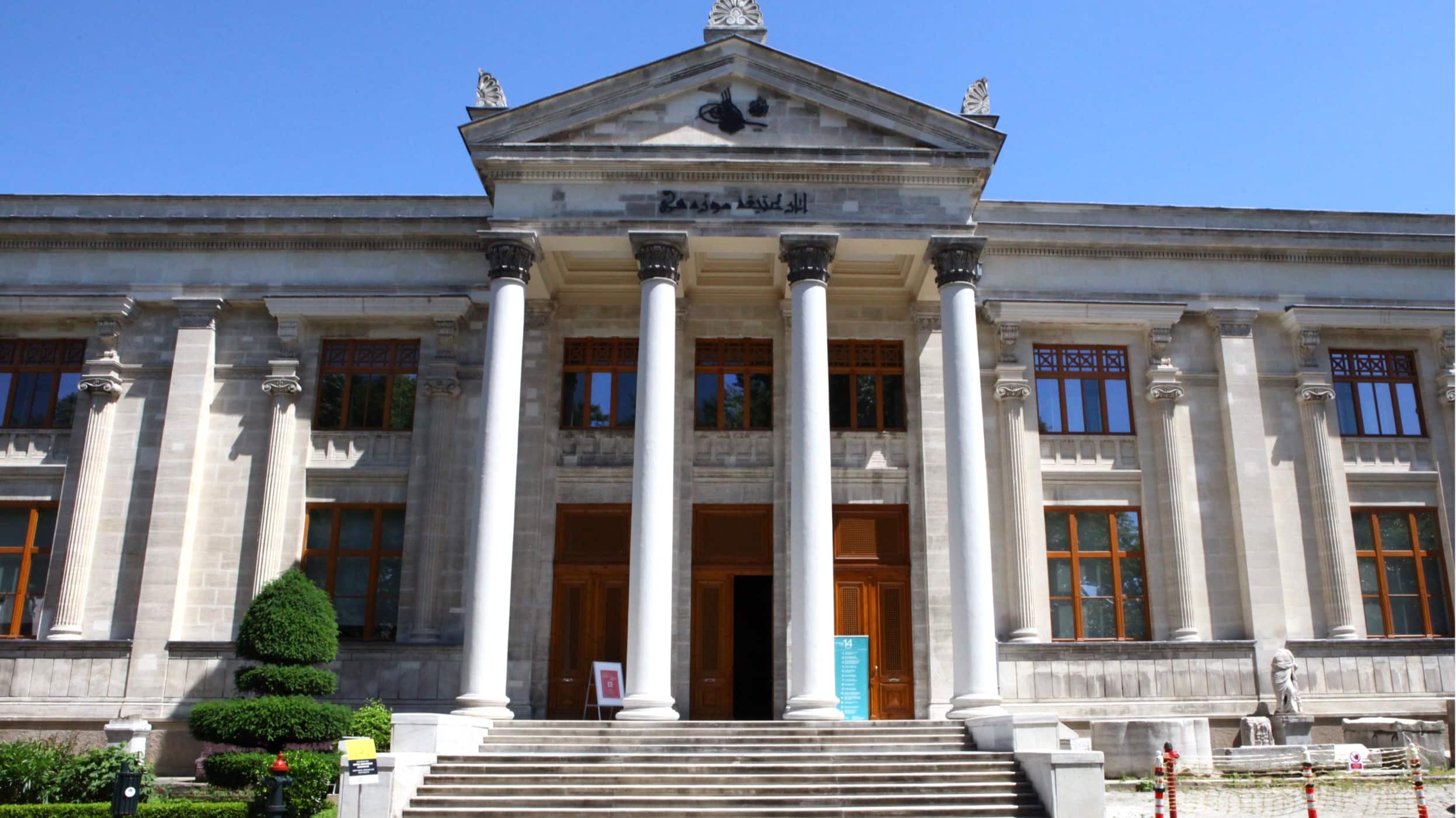
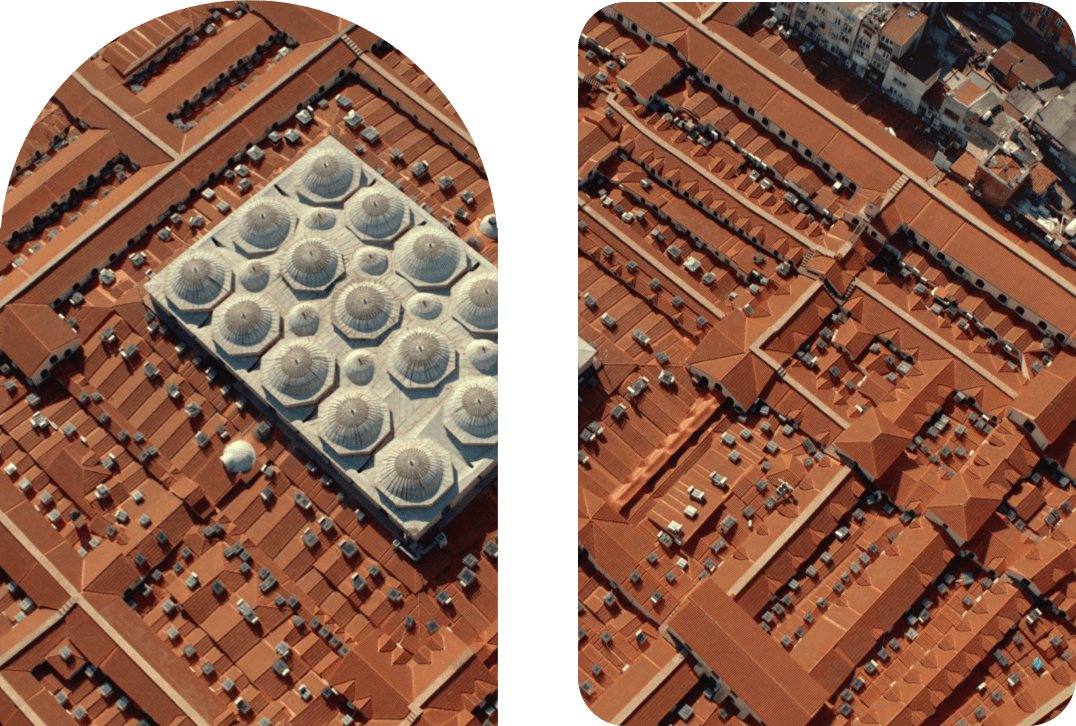
Commissioned by Sultan Mehmet II to promote economic progress, the arched doorways of this bazaar have held traditional Turkish antiquities for over 500 years. Today, more than 4,000 shops line the maze-like alleyways, welcoming up to 400,000 daily buyers and making it near impossible for them to leave empty-handed.
Wander aimlessly and discover handcrafted carpets, golden jewelry, and İznik tiles that present a kaleidoscope of color. Or take in the traditional spices, artisanal desserts, and Turkish çay (tea) that dare to dazzle your senses. Whatever route you take, you’re bound to experience Türkiye in its most authentic form.
A hive of activity
Once the final stage of the legendary Silk Road, İstanbul has been a unique trading center for centuries – a legacy that lives on with the tens of thousands of traders who bustle daily at the Grand Bazaar. As one of the largest covered markets in the world, it is the perfect opportunity to take away a memento of the metropolis.
Commissioned by Sultan Mehmet II to promote economic progress, the arched doorways of this bazaar have held traditional Turkish antiquities for over 500 years. Today, more than 4,000 shops line the maze-like alleyways, welcoming up to 400,000 daily buyers and making it near impossible for them to leave empty-handed.
Wander aimlessly and discover handcrafted carpets, golden jewelry, and İznik tiles that present a kaleidoscope of color. Or take in the traditional spices, artisanal desserts, and Turkish çay (tea) that dare to dazzle your senses. Whatever route you take, you’re bound to experience Türkiye in its most authentic form.
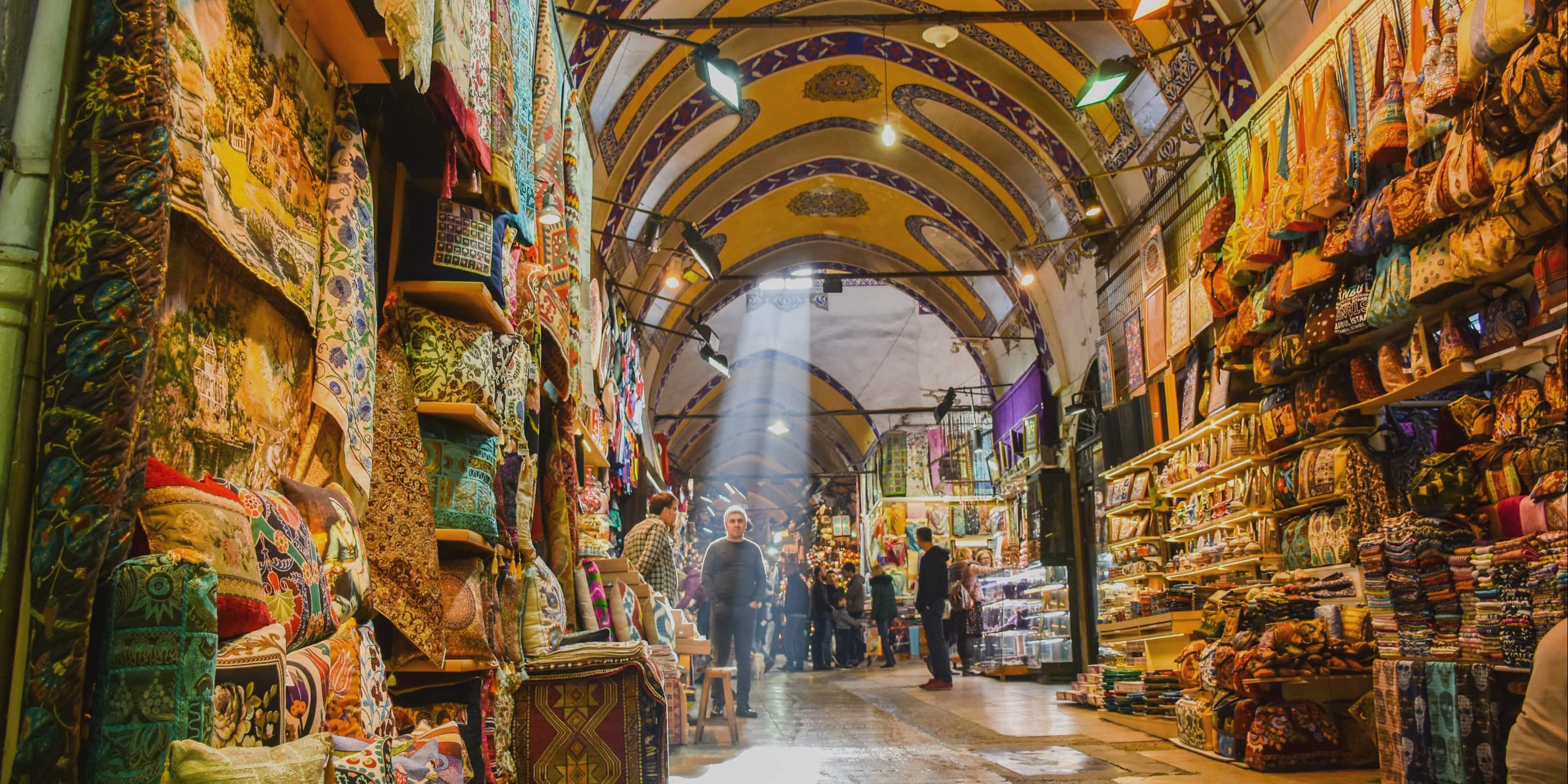
Many ancient cities are the sum of their monuments, but İstanbul brings so much more into the equation. It is a city where architecture evokes stories of overthrown empires, lost civilizations, and legendary trade routes. A tour of its greatest landmarks will have you stepping in the footsteps of imperial sultans while forging your own for future explorers to follow.
